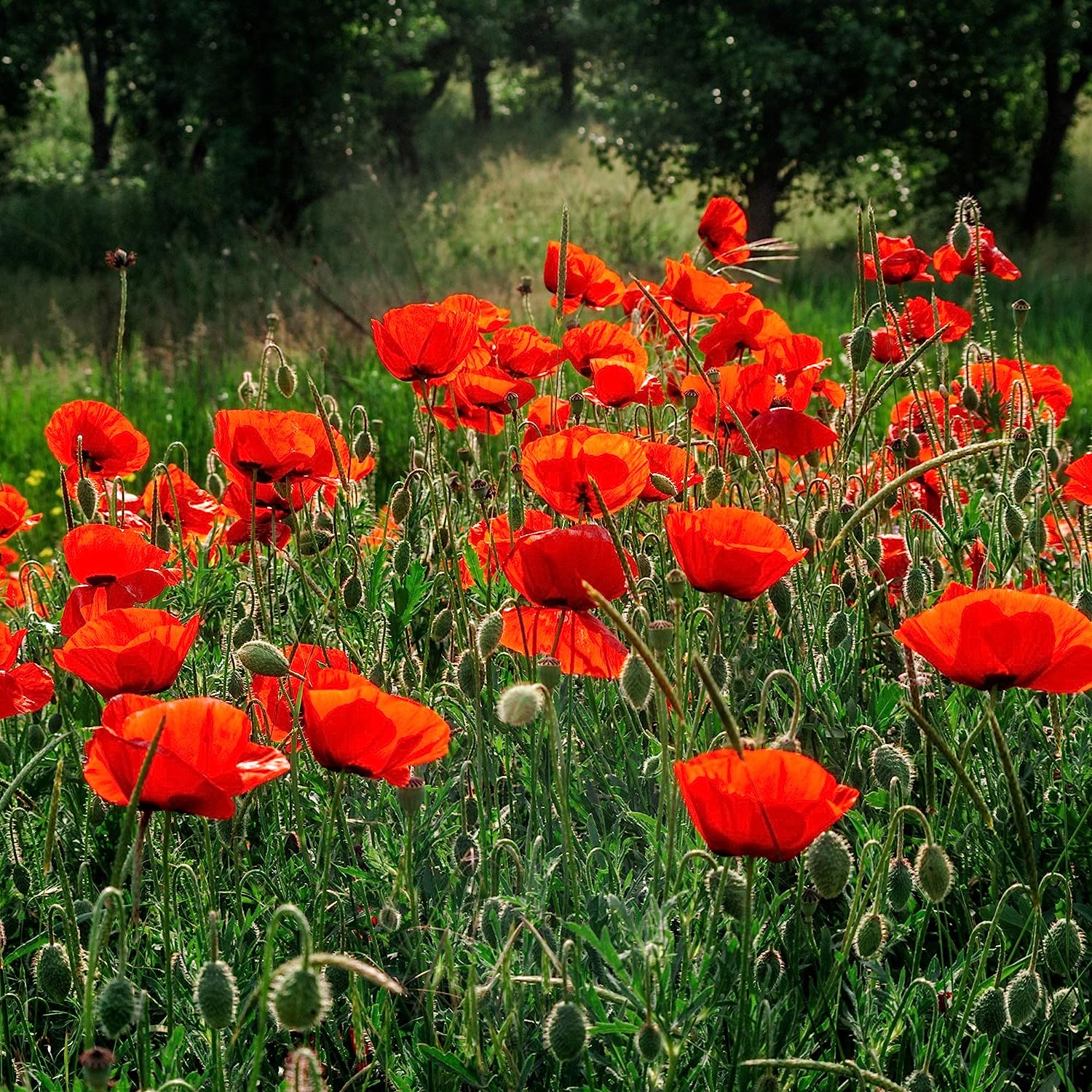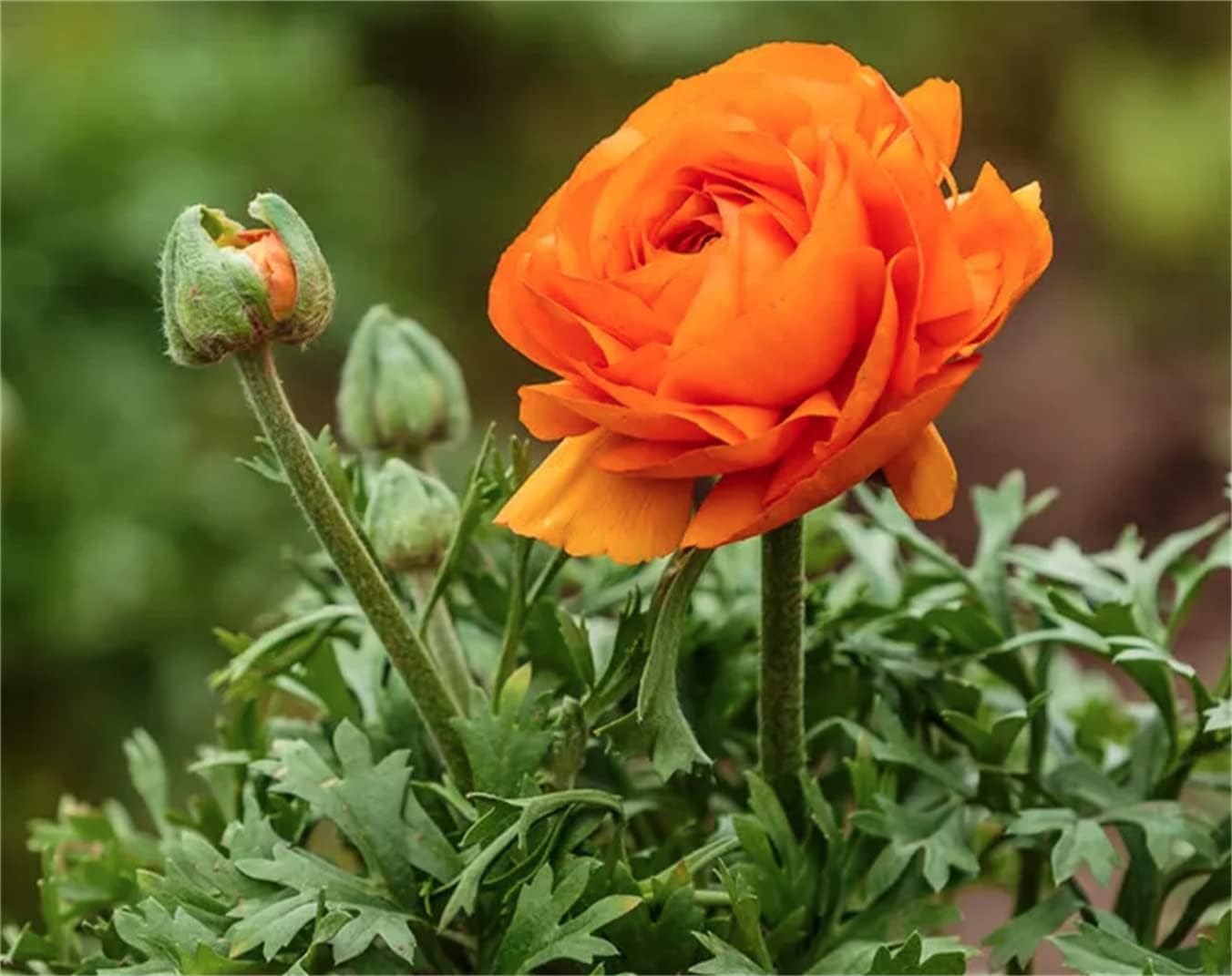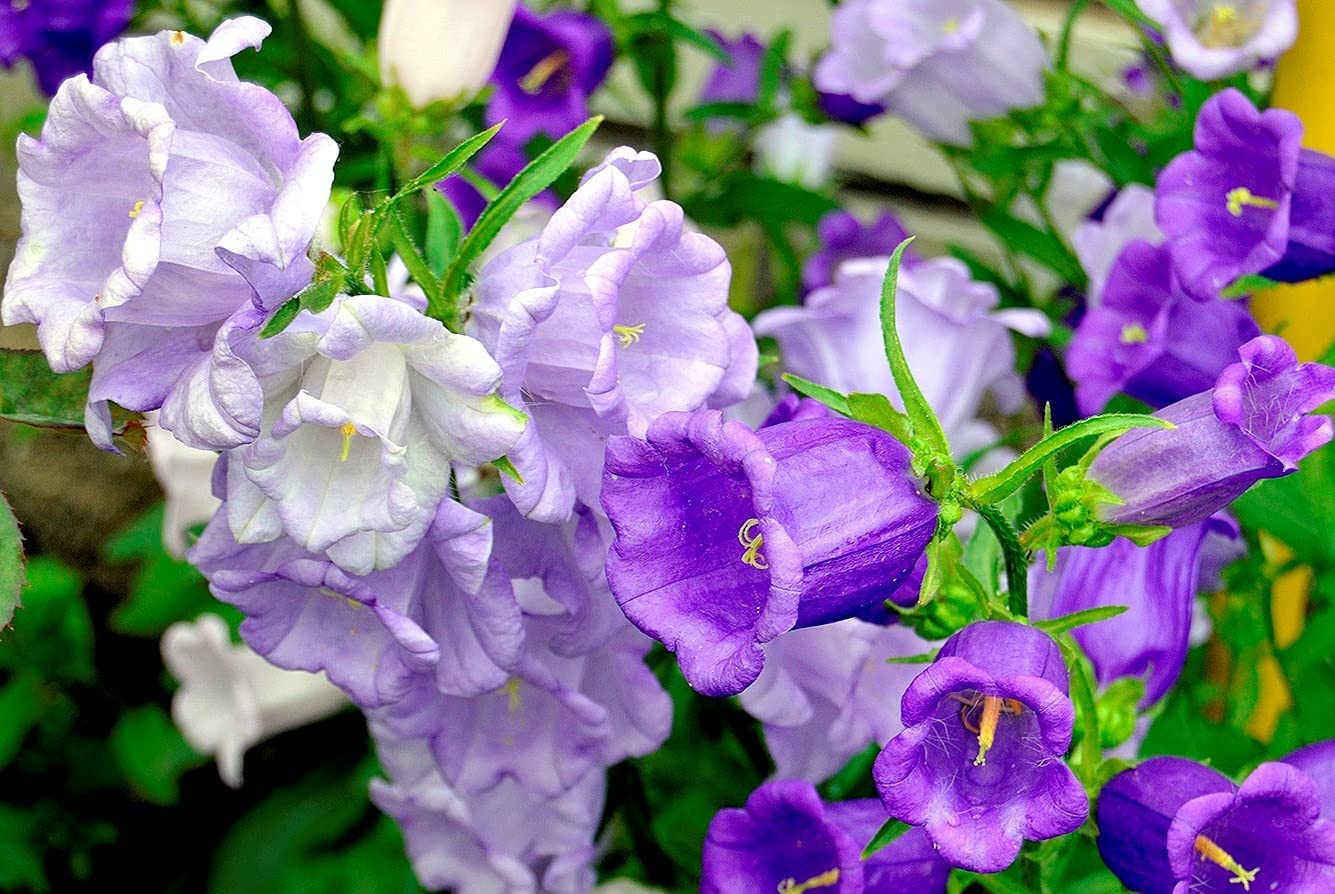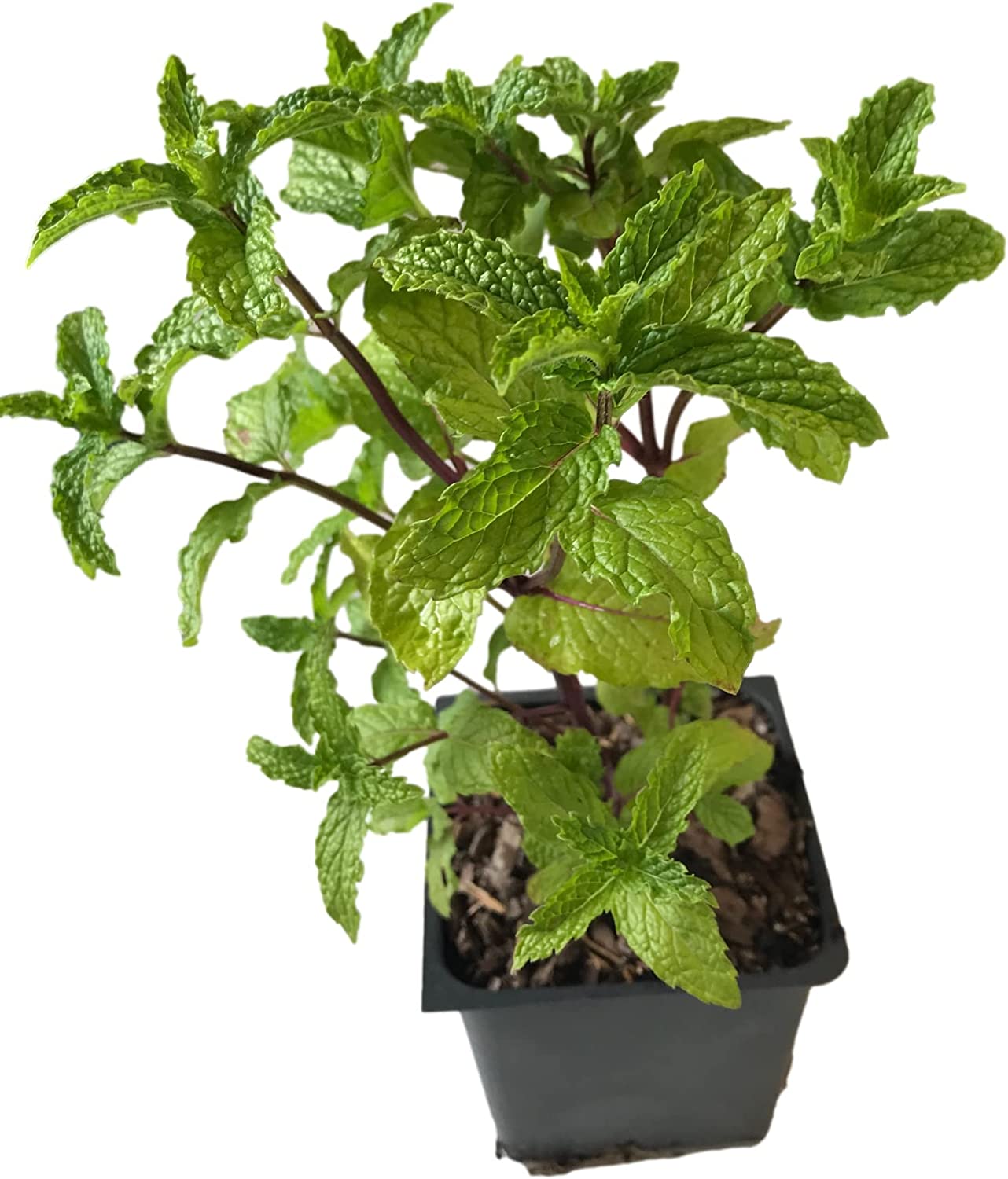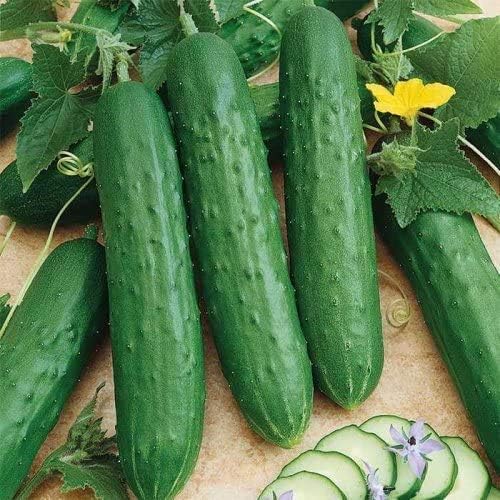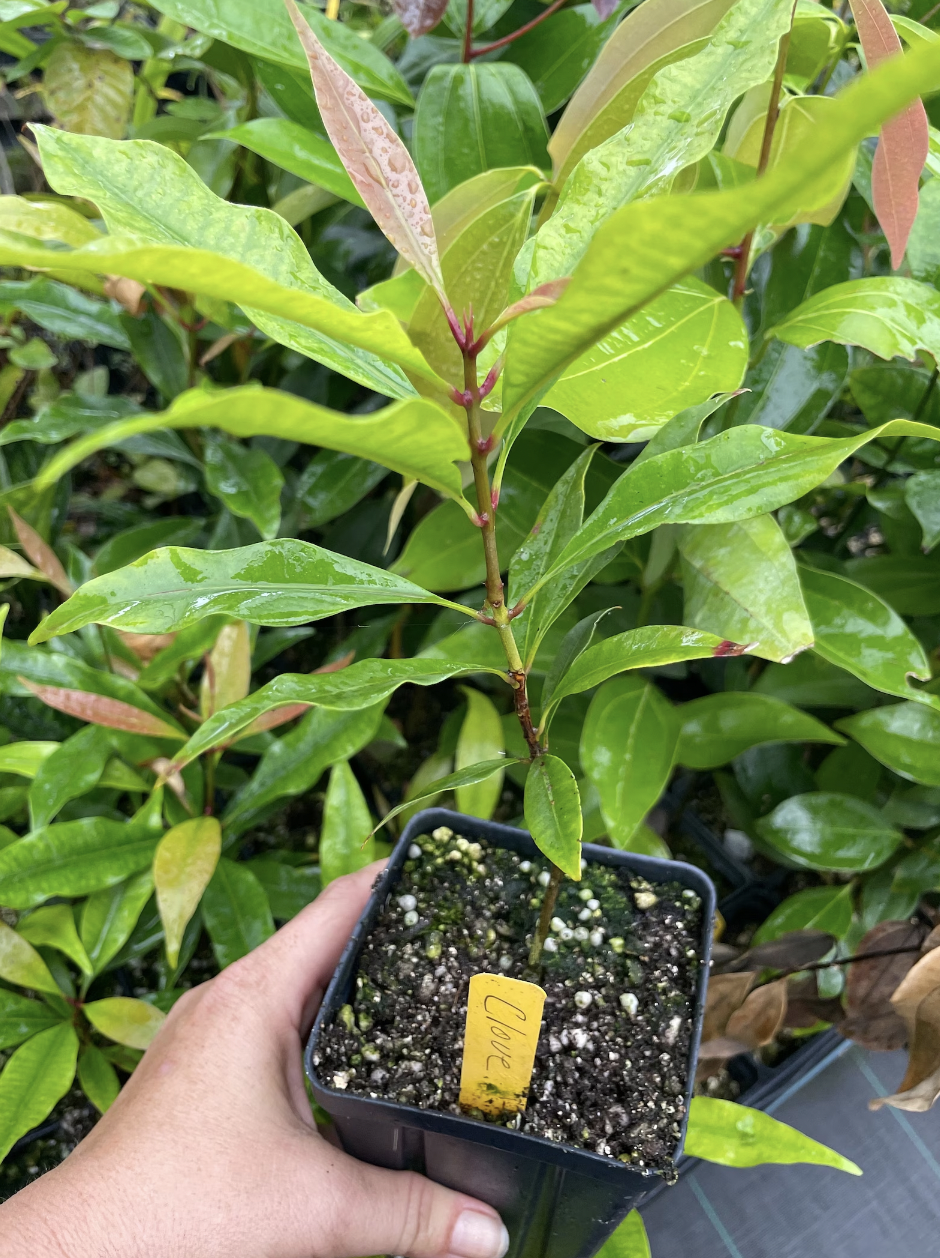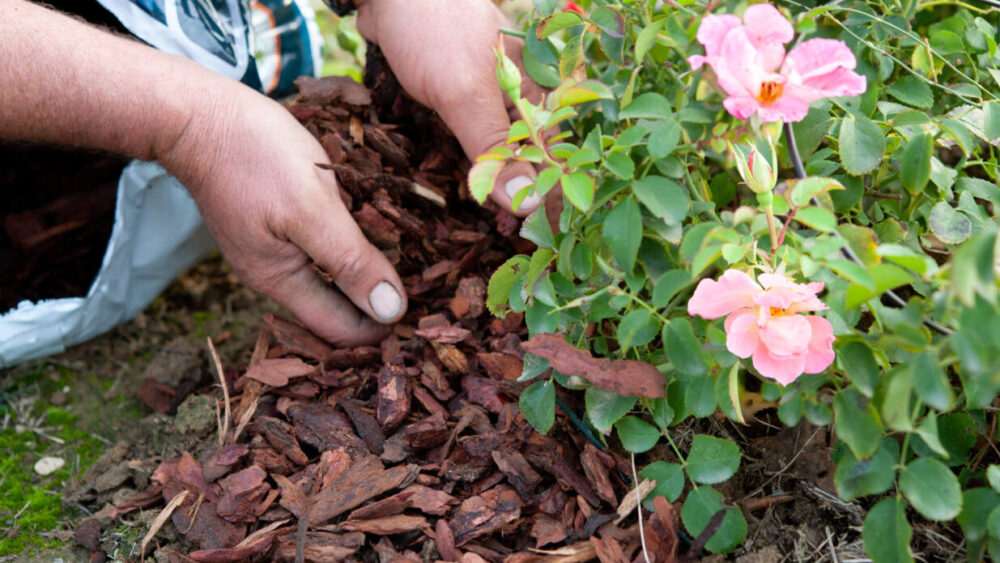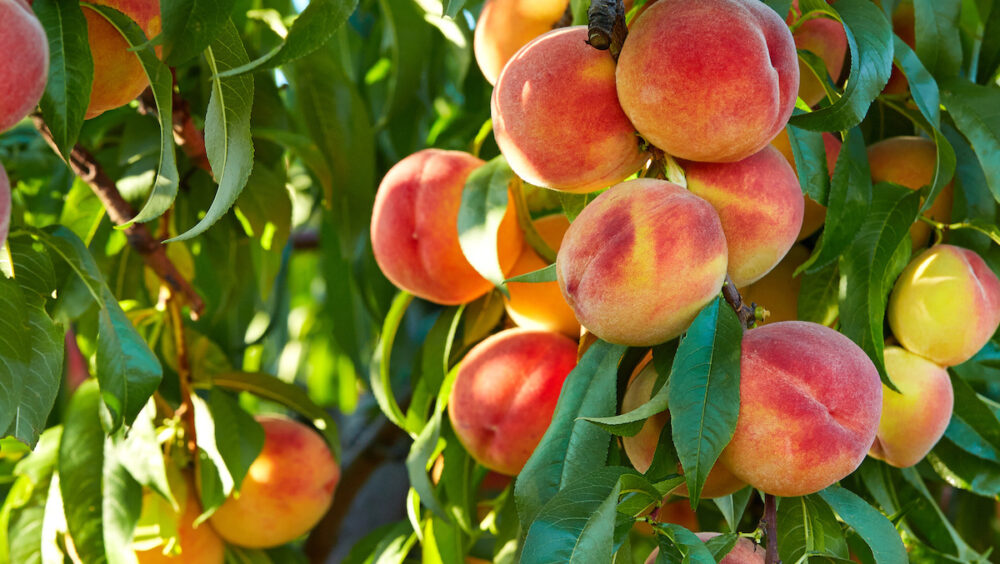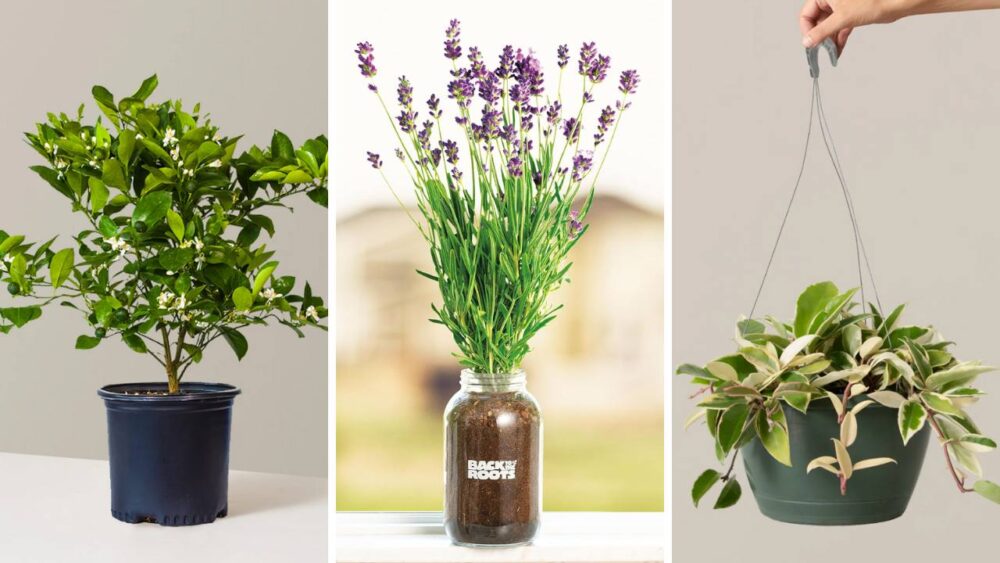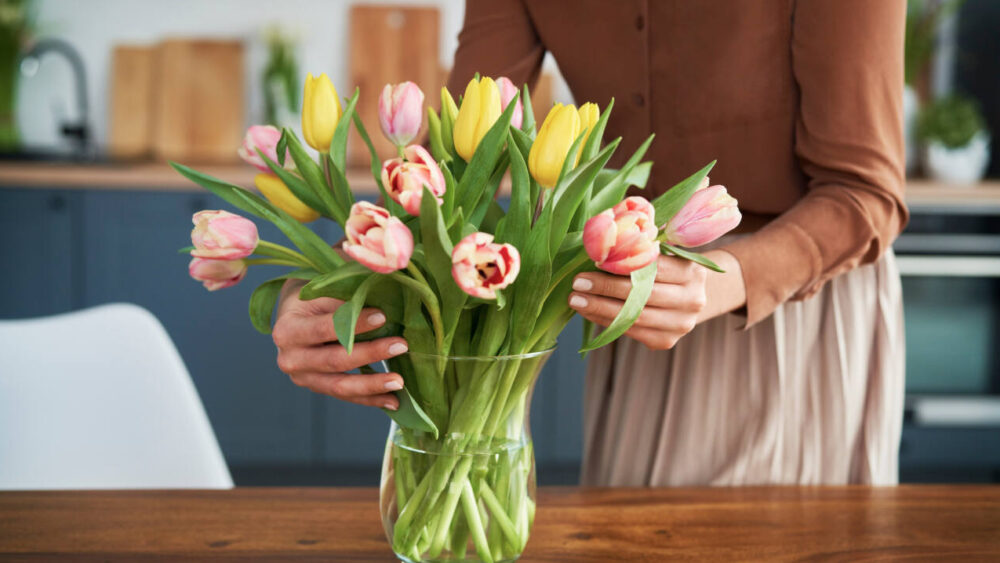Allergic to bees? Here are plants that will keep them away from your yard
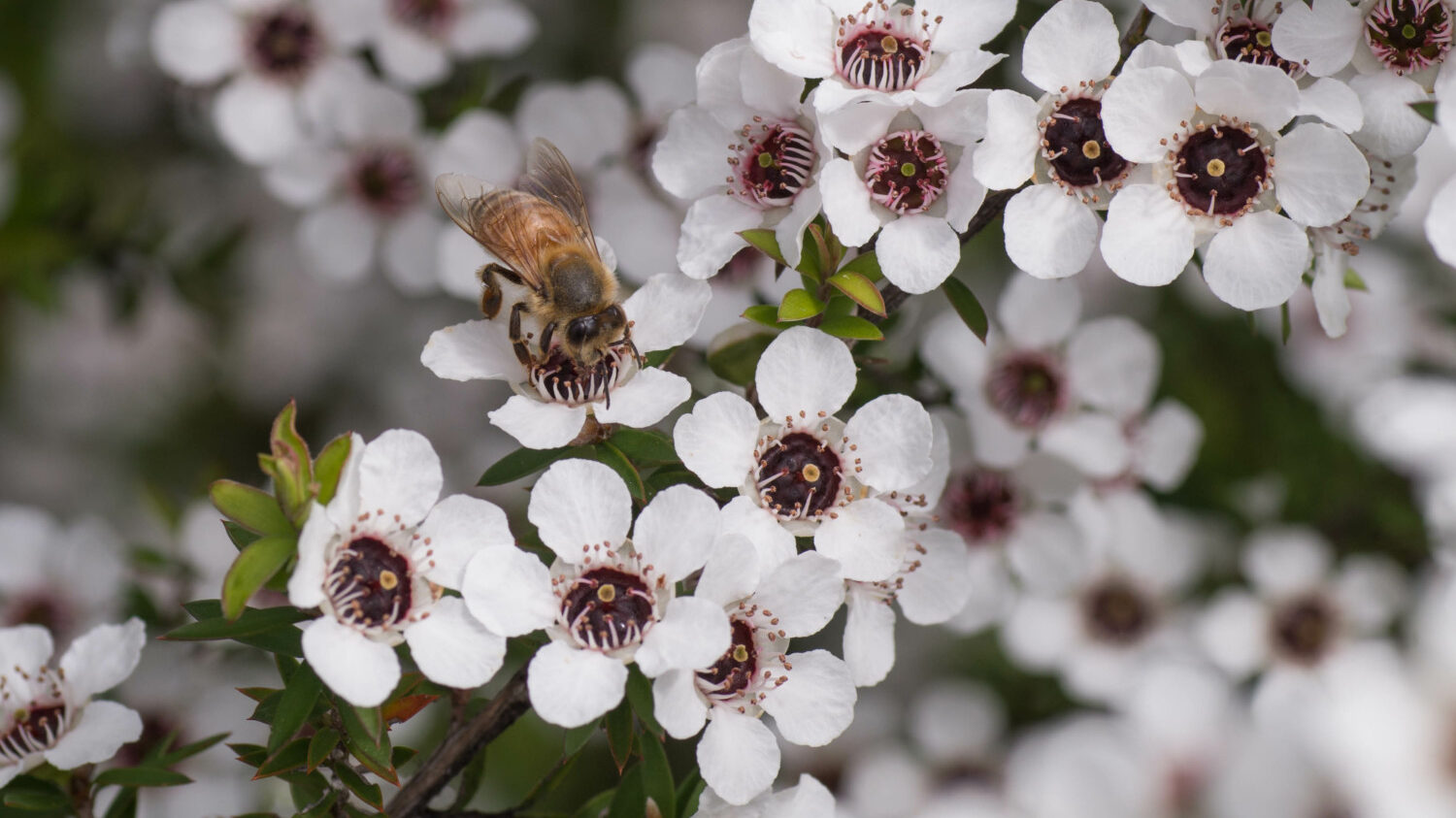
Bees are an undeniably important part of our ecosystem. It is said that one of every three bites of food we eat depends on the honey bee, as they pollinate so many of the plants that we (and our livestock) eat every day.
That being said, bees are not always a welcome sight. Whether you have a severe phobia of them like I do (hey, I was attacked by a swarm as a child!) or you have a life-threatening allergy to bee venom (which millions of Americans do), the buzzing sound of a bee might cause you to cringe. Or scream wildly and run inside. (Again, I was attacked as a child! I have “PTS-bee.” It’s a thing! I am sure it’s a thing!)
However, I still love colorful flowers on my patio. So how can I enjoy nature’s beauty without attracting every buzzing bee in a 10-mile radius? By following a few simple rules.
1. Opt For Red Blooms
Bees can’t see the color red. It appears black to them, so they tend to buzz right over red blooms. Poppies, canna lillies, zinnias, celosias and peonies are good options for red-hued flowers.
2. Avoid Highly-Scented Flowers
Bees are suckers for a sweet-smelling flower. Chrysanthemums, gardenias, lilies and phlox all have powerful odors that will attract bees, so if you want to keep them away, choose blooms that have less of a scent. Ranunculuses are a good choice, as are dahlias.
3. Avoid Violet, Blue And Yellow Flowers
Bees’ favorite colors are blue, violet and yellow, so planting these hues in your garden is like putting out an all-you-can-eat buffet sign. Avoid planting bee favorites like sunflowers, violets, lavender, foxglove and crocuses.
4. Opt for Trumpet Flowers
Flowers that have a trumpet shape (such as narcissus, amaryllis, honeysuckle and buttercups) make bees work harder to get to the nectar. Hence, these flowers don’t hold as much appeal for them. But they do attract hummingbirds, which is nice! (Wait, hummingbirds don’t bite, right?)
5. Plant Peppermint
Bees don’t like peppermint, so if you want to keep them far away from your garden or patio, put a few peppermint plants beside your flowers. The scent of the mint will drive them away, and you will have fresh mint leaves for mojitos! Win-win.
6. Break Out The Cucumber
The acid in cucumbers is unpleasant for bees and wasps. If you don’t want to plant cucumbers, you can just peel a cucumber and leave the peels around your garden or in the soil of your container plants.
7. Consider Cloves
Bees don’t like the warm, spicy aroma of cloves. You can either sprinkle cloves around your garden or in your container plants, or you can plant cloves around your front door. That way you won’t have to run like Usain Bolt, trying to get in the door before bees follow you inside.
8. Avoid Plants That Kill Bees
There are some plants that are actually poisonous to bees. For example, the nectar of rhododendrons is toxic to bees, and if bees ingest it and then make honey, it will make the honey unsafe for human consumption. Other flowers that can be deadly for bees include azaleas and oleander. But, listen: The bee population is already severely low, so let’s not murder them just because they terrify us. Screaming and running away is a kinder, albeit a less dignified, option.


